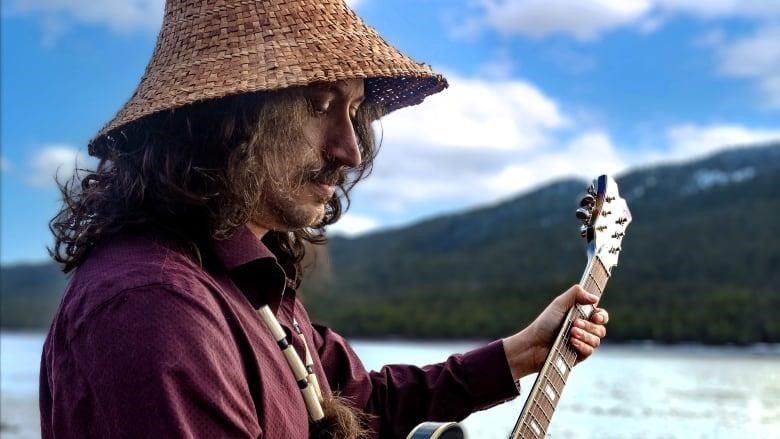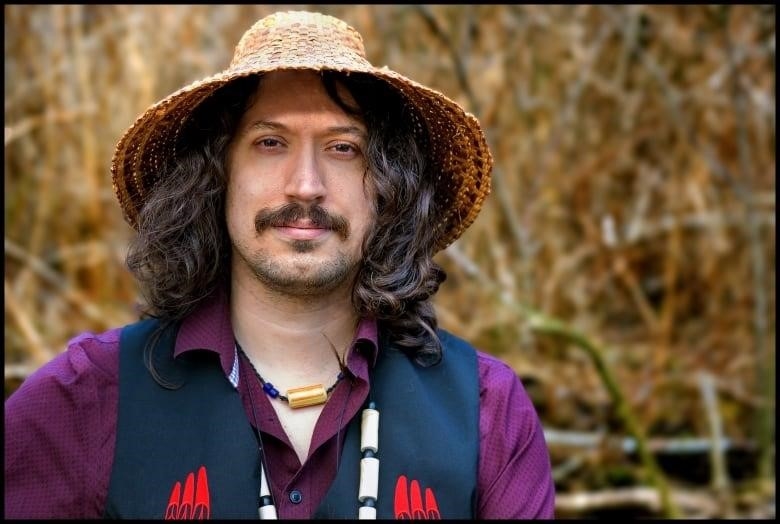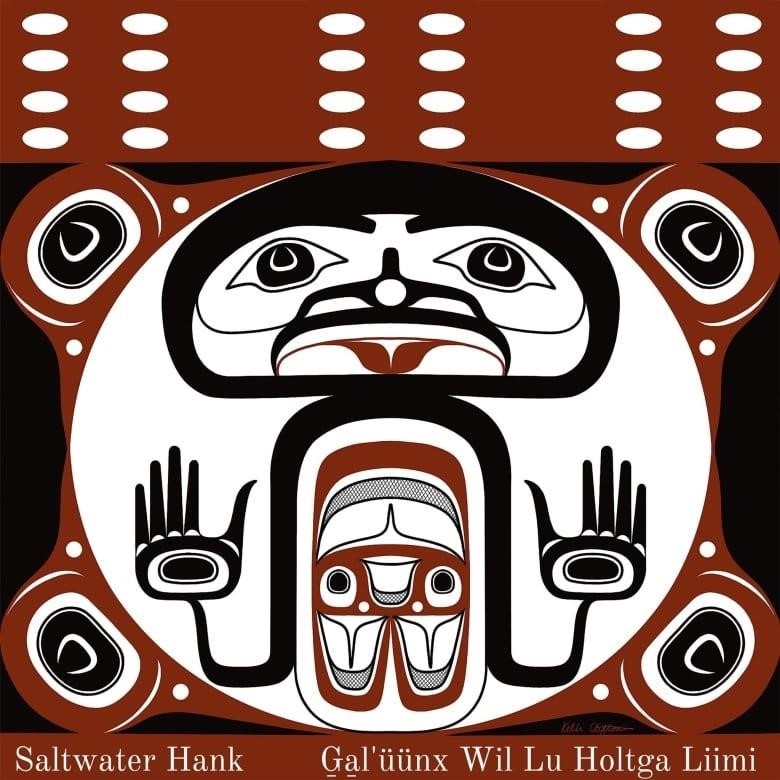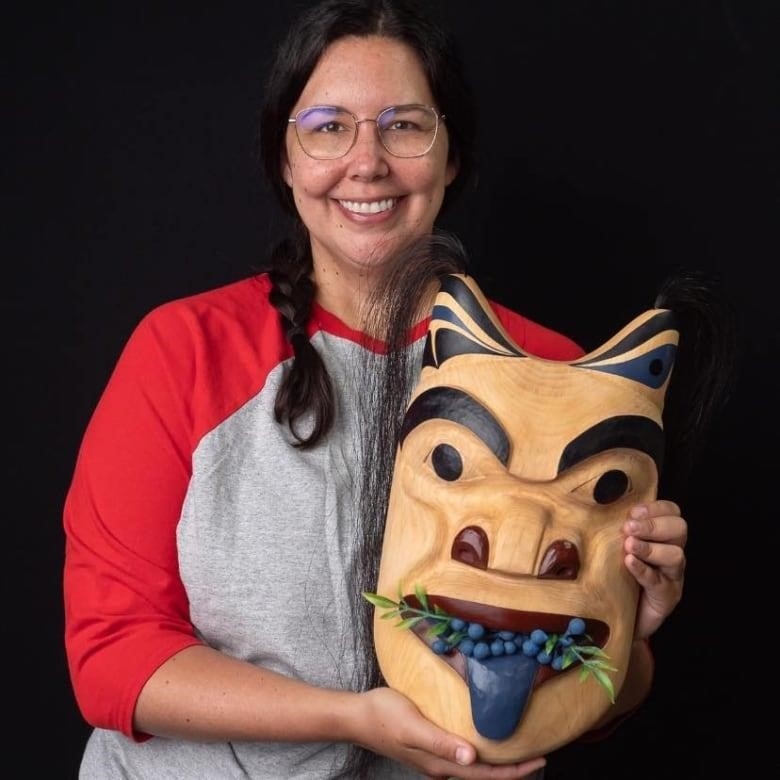
It took Jeremy Pahl years to get all nine songs’ words, grammar, and pronunciation right
After moving back home to Kxeen, also known as Prince Rupert, B.C., Jeremy Pahl made a new promise to learn the language of his ancestors. He says that even now, five years later, he still thinks and dreams in Sm’algya’x.
The Ts’msyen musician says that when he writes, it has become his first language. This summer, he will release his first album, which was recorded entirely in Sm’algya’x. The first single will come out on May 31.
Since he was a teenager, when he first sang in Sm’algyax with the Prince George death metal band Gyibaaw, Pahl, who is now 34, has been telling stories through song. He has since changed to folk and country music, and under the name Saltwater Hank, he has been putting out English-language music.
He says that this album is a “full-circle moment” and a big step for him as a musician and someone who is learning Sm’algyax.
Pahl, whose Ts’msyen name is Wil Uks Batsga Galaaw, says that the album is a way to fight back against “the further erasure of our people, our culture, and our language.”
Indigenous language, stories, and cultural practices were tried to be wiped out by the government for many years with programs like federally funded residential and day schools and policies like the potlatch ban. These were often carried out violently, as shown in theCommission on Truth and Reconciliation.
The First Peoples’ Cultural Council (FPCC) says that about 17,000 people in British Columbia are learning their First Nations language, which is about 3,000 more than in 2018.
Pahl says that only 65 people speak Sm’algyax well enough to be considered fluent. Twenty years ago, he says, the community thought there were about 400 people who spoke the language well, and most of them were older people.

One of Pahl’s language teachers, Theresa Lowther, who is 72 years old, says that his new album gives her hope after 30 years of trying to stop the loss of languages.
“Years ago, we were really afraid that our language was going to die,” said Lowther, whose Ts’msyen name is Huhu Uk but who speaks Sm’algyax fluently.
“I can now see the light at the end of the tunnel, and I think Jeremy is leading the way there.”
Bentwood box full of song
The title of the album lets you know what it’s about.G̱al’üünx wil lu Holtga Liimi, which means “bentwood box full of songs.”
Pahl says that regalia, dried berries, and oolichan grease were kept safe in bentwood boxes. He also says that singing and songs have always been important to the Ts’msyen.
He says it took him years to make sure his Sm’algya’x songs were correct in terms of grammar and pronunciation.

Adziksm Gyipaayk (Kelli Clifton), who is 34, is learning Sm’algya’x with Pahl. She is also the artist who designed the cover of the album. She says that the human figure in the middle of the bentwood box is a representation of the songwriter, speaker, or language learner.
She says that as soon as Pahl told her about the idea, she knew this album was important.
“It was one of those talks that almost made me feel charged… I knew the whole project was going to be something special, she said.
“It’s very emotional because my father learned to speak Sm’algya’x fluently as a young child,” she said. “Then he went to Indian Day School,” which forced him to speak English.

Canada Day releas
The whole album will come out on July 1, a date that Pahl chose on purpose.
Many people will be celebrating Canada Day, but Pahl says he will be celebrating the elders and language mentors who helped him make the album and his growing connections to his language.
“It’s not so much a happy day, especially for Indigenous people whose land has been taken away and whose genocide has happened,” says Pahl, adding that other nations, like the Heiltsuk, are working to reclaim that day for their own.celebrations as well.
Lowther says that the younger generation’s energy is helping to fix the damage that was done by colonial practices like residential schools.
“One thing that really makes me happy is how many young people are really taking the baton and running with it, standing up and saying we’re going to bring [Sm’algya’x] back.”
